Home>Garden Essentials>How Do You Lay Astro Turf
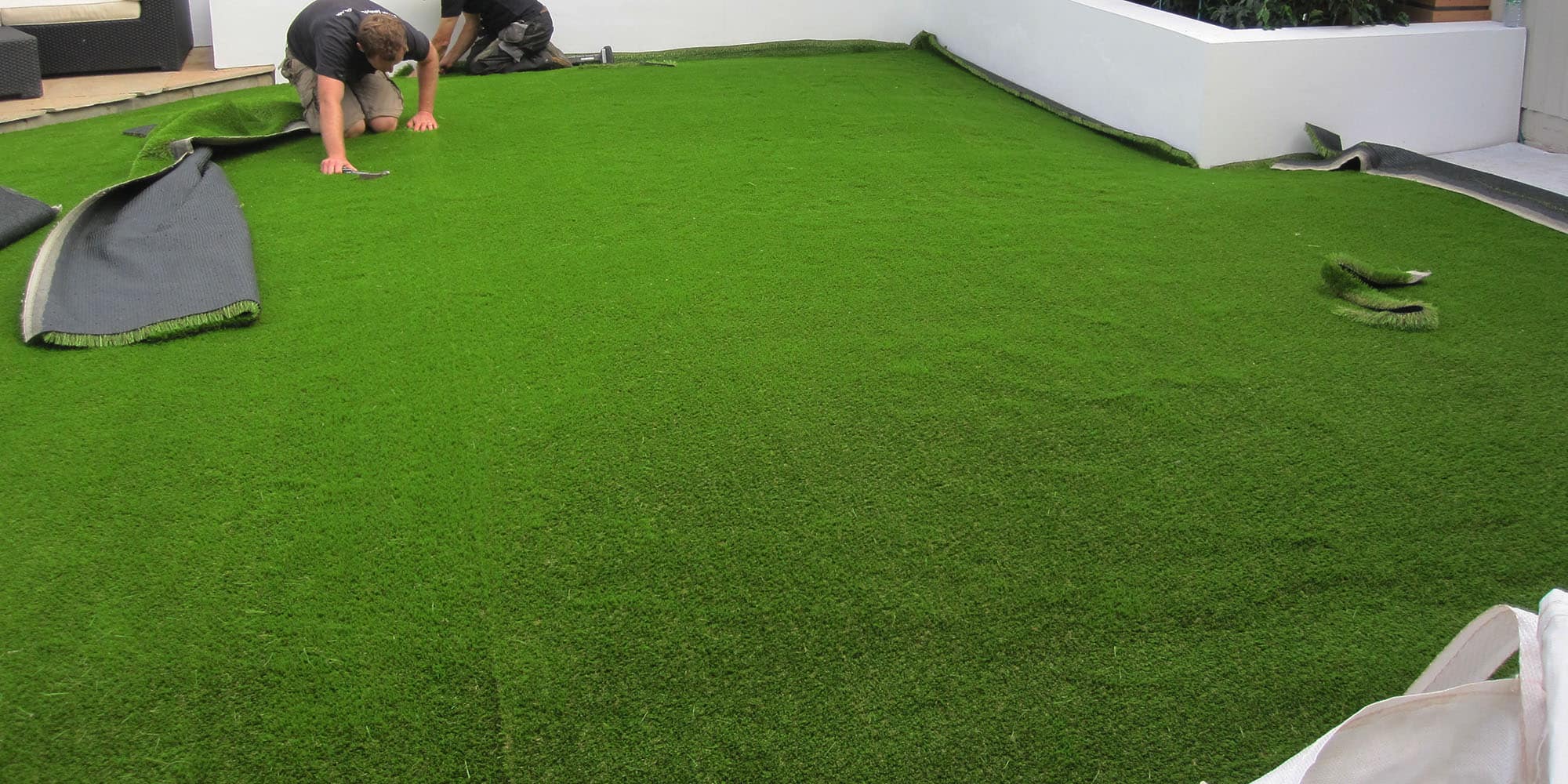

Garden Essentials
How Do You Lay Astro Turf
Modified: April 28, 2024
Looking to transform your garden? Learn how to lay astro turf and create a beautiful and low-maintenance outdoor space.
(Many of the links in this article redirect to a specific reviewed product. Your purchase of these products through affiliate links helps to generate commission for Storables.com, at no extra cost. Learn more)
Introduction
Astro Turf, also known as artificial grass or synthetic turf, has become a popular choice for both residential and commercial landscapes. With its realistic appearance and low maintenance requirements, it offers a great alternative to natural grass. Whether you want to create a lush green lawn, a putting green, or a sports field, laying Astro Turf can transform your outdoor space into a beautiful and functional area.
In this article, we will guide you through the process of laying Astro Turf, step by step. From preparing the surface to securing the edges, we will cover all the essential aspects of installation. So let’s get started and turn your dream of a stunning, hassle-free lawn into a reality!
Key Takeaways:
- Laying Astro Turf involves preparing the surface, securing the base, unrolling the turf, joining the seams, and adding infill for a beautiful, low-maintenance lawn.
- Regular maintenance, such as brushing the turf and cleaning debris, is essential for ensuring the longevity and optimal performance of your Astro Turf installation.
Read more: How To Lay Astro Turf On Plywood
Getting Started with Astro Turf Installation
Before diving into the installation process, it’s important to gather all the necessary tools and materials. Here’s a checklist of items you’ll need:
- Astro Turf rolls
- Utility knife or carpet cutter
- Measuring tape
- Ground stakes
- Seaming tape and adhesive
- Landscape fabric
- Push broom or artificial turf brush
- Infill material (optional)
Once you have everything you need, the first step is to measure the area where you plan to install the Astro Turf. This will help you determine how much material you’ll need to purchase. It’s always a good idea to order a little extra to account for any mistakes or irregularities.
Next, it’s time to prepare the surface. Start by clearing the area of any existing vegetation or debris. Use a rake or shovel to remove rocks, roots, and other obstacles that could affect the installation process. Ensure that the ground is level and smooth, as this will provide a solid base for the Astro Turf.
If you’re installing Astro Turf over soil, it’s recommended to lay down a layer of landscape fabric. This will help prevent weeds from growing through the turf and ensure better drainage. Simply roll out the fabric and cut it to fit the area. Secure it in place with ground stakes or landscape staples.
Pro tip: If you’re installing Astro Turf over concrete or other hard surfaces, skip the landscape fabric and proceed to the next step.
With the surface prepared, you’re ready to move on to securing the base materials.
Preparing the Surface for Astro Turf
Once you have cleared the area and installed the landscape fabric (if necessary), the next step is to prepare the surface for Astro Turf installation. This involves ensuring proper drainage and creating a solid base for the turf to be laid on.
The first thing to consider is the slope of the area. It’s important to have proper drainage to prevent water from accumulating on the turf. If the area is relatively flat, you can add a slight slope by removing some soil near the edges and gradually tapering it towards the center. This will allow water to flow away from the turf and prevent puddling.
If the area has poor drainage or you’re concerned about water buildup, you may need to install a drainage system. This can involve digging trenches and filling them with drainage pipes or gravel to redirect water away from the Astro Turf.
After addressing the drainage issue, it’s time to create a solid base. If you’re installing the turf over soil, it’s recommended to compact the soil using a roller or plate compactor. This will help stabilize the ground and prevent sinking or shifting of the Astro Turf.
If you’re installing the Astro Turf over a hard surface, such as concrete, make sure it’s clean and free from any debris. Sweep or hose down the area to remove dust, dirt, and loose particles. You can also apply a self-leveling compound to even out any uneven spots or cracks in the surface.
Pro tip: If you’re installing Astro Turf over concrete, you may also consider applying a shock-absorbent pad underneath. This will provide cushioning and make the surface more comfortable to walk or play on.
With the surface properly prepared, you’re now ready to move on to securing the base materials for the Astro Turf installation.
Securing the Base Materials
Now that the surface is prepared, it’s time to secure the base materials for the Astro Turf installation. This step is crucial for ensuring that the turf stays in place and maintains its integrity over time.
The first base material to consider is a layer of crushed stone or decomposed granite. This material provides a stable foundation and helps with drainage. Spread a layer of crushed stone evenly across the prepared surface, using a rake or shovel to level it out. Aim for a thickness of about 2-3 inches, but make adjustments based on the specific requirements of your project.
Once the crushed stone layer is in place, it’s time to compact it using a plate compactor. This will help to stabilize the base and create a firm surface for the Astro Turf. Make multiple passes over the entire area, ensuring that the crushed stone is fully compacted and there are no soft or uneven spots.
Next, add a layer of fine gravel or sand on top of the compacted crushed stone. This layer, known as the leveling layer, helps to further ensure a smooth and even surface for the Astro Turf. Spread the sand or gravel evenly and use a rake to level it out. Aim for a thickness of about 1 inch, but adjust as needed.
After the leveling layer is in place, it’s time to compact it using the plate compactor once again. This step is important for making sure that the surface is properly even and ready for the Astro Turf installation. Make multiple passes, checking for any soft or uneven areas and addressing them accordingly.
Pro tip: If you’re installing Astro Turf in an area that receives heavy foot traffic or will be used for sports activities, you may consider adding a shock-absorbent pad between the leveling layer and the turf. This will provide additional cushioning and help reduce the risk of injuries.
With the base materials secured and compacted, you’re now ready to move on to the next step: unrolling and laying the Astro Turf.
Unrolling and Laying the Astro Turf
With the base materials secured and ready, it’s time to move on to the exciting part: unrolling and laying the Astro Turf. This step brings your project one step closer to completion and transforms the prepared surface into a beautiful and vibrant artificial lawn.
Start by unrolling the Astro Turf rolls across the area where you want to install the turf. Make sure to position the rolls in the correct direction, with the grass blades facing the desired viewing angle. Allow the turf to relax and settle for a couple of hours, particularly if it has been tightly rolled up for shipping.
Once the turf has relaxed, it’s time to trim any excess material. Use a sharp utility knife or carpet cutter to carefully cut along the edges, ensuring a clean and precise trim. Take care not to cut into the turf fibers or the backing material.
After trimming, it’s time to position the Astro Turf in its final place. Start by aligning one edge of the turf with a straight edge, such as a patio or walkway. Make sure that the turf is straight and evenly aligned with the surrounding landscape. You can use landscaping pins or stakes to temporarily secure the edges, if needed.
Pro tip: If you’re planning to install multiple rolls of Astro Turf, overlap the edges by about 1-2 inches. This will help create a smooth and seamless appearance when the seams are joined later.
As you lay the turf, smooth out any wrinkles or folds using a push broom or artificial turf brush. Work from the center towards the edges, applying gentle pressure to ensure that the turf is properly seated on the base materials. Take your time and make adjustments as necessary to achieve a visually appealing and even surface.
Continue unrolling and laying the Astro Turf until the entire area is covered. Take extra care when working around obstacles, such as trees, flowerbeds, or hard edges. Use the utility knife to make precise cuts and create custom shapes that fit seamlessly into the surrounding landscape.
Once the Astro Turf is laid evenly and all edges are properly trimmed, it’s time to move on to the next step: joining and securing the turf seams.
Read more: How To Lay Astro Turf On Decking
Joining and Securing Astro Turf Seams
Creating seamless and secure turf seams is essential for a professional-looking Astro Turf installation. Properly joining the edges of the turf will ensure that it stays in place and maintains its integrity over time. Here’s how to do it:
The first step is to apply seaming tape along the edges of the turf that need to be joined. Seaming tape is a double-sided tape specially designed for Astro Turf installation. It provides a strong bond between the turf sections and helps prevent them from separating.
Starting at one edge, carefully peel off the backing of the seaming tape and press it firmly onto the turf, following the manufacturer’s instructions. Make sure to align the tape directly under the seam where the two turf sections will meet. Continue applying the seaming tape along the entire length of the seam.
Once the seaming tape is in place, it’s time to apply the adhesive. The adhesive is typically a glue-like substance specially formulated for Astro Turf installation. Follow the manufacturer’s instructions to apply the adhesive over the seaming tape, ensuring even coverage.
Now, carefully bring the two sections of turf together, aligning the edges along the seaming tape. Take your time to ensure that the fibers are properly aligned and the seam is straight. Press the sections firmly together, making sure they are securely bonded.
Pro tip: To achieve a more natural look, you can use a stiff bristle brush to blend the fibers along the seam, creating a seamless transition between the sections of turf.
After joining the seam, place heavy objects along the joined section to keep it flat and secure while the adhesive dries. This will help to ensure a strong and durable bond. Follow the manufacturer’s instructions for the recommended drying time.
Repeat the process for any additional seams, taking care to align the turf sections properly and secure them firmly. Once all the seams are joined and the adhesive is fully dried, move on to the next step: trimming and shaping the Astro Turf.
When laying astro turf, make sure to properly prepare the area by removing any existing grass and debris, leveling the ground, and adding a layer of compacted sand or gravel for drainage. Then, carefully roll out the astro turf and secure it in place with adhesive or nails. Finally, brush the turf to fluff up the fibers and ensure a smooth, even surface.
Trimming and Shaping the Astro Turf
Trimming and shaping the Astro Turf is an important step to achieve a neat and polished look. This process involves cutting and customizing the turf to fit the specific contours of your outdoor space. Here’s how to do it:
Start by using a sharp utility knife or carpet cutter to trim any excess turf along the edges. Carefully cut along the perimeter, following the desired shape of your lawn or designated area. Take your time to ensure clean and precise cuts, and be cautious not to damage the turf fibers or backing material.
While trimming the edges, you may also want to cut out openings for objects like trees, flowerbeds, or other fixtures. Use a tape measure and mark the desired shape on the Astro Turf. Then, carefully cut along the marked lines, making sure to maintain a smooth and seamless transition between the turf and the object.
When cutting around objects, it’s a good practice to leave a small gap between the turf and the object itself. This gap will allow for proper drainage and prevent damage to the turf caused by friction or pressure against the object.
Pro tip: If you encounter any hard-to-reach areas or intricate shapes, consider using a smaller craft knife or scissors to make more precise and detailed cuts.
After trimming the edges and shaping the turf, take a moment to inspect the overall appearance. Ensure that the edges are clean and straight, and that the turf fits seamlessly into the landscape. Use a stiff bristle brush or leaf blower to remove any loose debris or clippings from the turf surface.
If desired, you can also add a finishing touch by burying the edges of the turf. Using a shovel or garden edging tool, create a small trench along the perimeter of the turf. Tuck the edges of the turf into the trench and secure them with landscape pins or staples.
With the Astro Turf properly trimmed, shaped, and secured, you’re almost done with the installation process. The next step is to secure the edges of the turf, which will be covered in the following section.
Securing the Edges of the Astro Turf
Securing the edges of the Astro Turf is an important step to ensure that it stays in place and maintains a tidy appearance. This will prevent the turf from shifting or becoming loose over time. Here’s how to secure the edges:
Start by placing landscape pins or staples along the outer edge of the turf, approximately every 6-12 inches. Insert the pins or staples through the backing material and into the base materials below. This will help to hold the turf securely in place and prevent it from shifting or lifting.
As you secure the edges, make sure to pull the turf taut to minimize any wrinkles or slack. Use a rubber mallet or the back of a hammer to gently tap the pins or staples into the ground. Be careful not to hit the turf itself, as this could cause damage to the fibers.
If you’re installing Astro Turf next to a wall or other vertical structure, it’s important to secure the edges along the vertical surface as well. Use construction adhesive or turf adhesive to glue the edges of the turf to the vertical surface. This will provide additional stability and prevent the turf from peeling away.
If your installation includes curved or irregular edges, you may need to use additional pins or staples to secure the turf along these areas. Bend the turf gently around the curves and insert the pins or staples as needed to hold it in place.
Pro tip: To ensure a clean and professional appearance, use a turf brush or broom to fluff up the fibers along the secured edges. This will help blend the edges with the rest of the turf and create a seamless transition.
Once all the edges are securely fastened, take a moment to inspect the entire installation. Check for any loose edges or areas that may require additional pins or staples. Make any necessary adjustments or additions to ensure a secure and polished final result.
With the edges properly secured, you’re almost done with the Astro Turf installation. The next step is to add infill, which is an optional but recommended step to enhance the performance and appearance of the turf.
Adding Infill (Optional)
Adding infill to your Astro Turf installation is an optional step but highly recommended. Infill is a material that is spread over the turf surface and brushed in between the fibers. It serves multiple purposes, including enhancing the performance, stability, and longevity of the turf. Here’s what you need to know about adding infill:
The first step is to select the appropriate type of infill for your specific application. There are various options available, including silica sand, rubber crumbs, or a combination of both. Consider factors such as the intended use of the turf, climate conditions, and maintenance preferences when choosing the infill material.
Start by evenly spreading the infill material over the Astro Turf using a drop spreader or a shovel. Make sure to distribute it evenly and avoid clumping or overloading any specific areas. Use a broom or powered brush to work the infill into the turf, brushing against the grain to ensure it penetrates deep between the fibers.
The amount of infill needed will depend on the pile height and density of the turf. Refer to the manufacturer’s recommendations for the appropriate infill depth. Generally, a layer of 1-2 pounds per square foot is a good starting point. However, be sure to adjust the amount based on the specific requirements of your turf.
Pro tip: If you’re using rubber infill, consider using a turf rake or brush with stiff bristles to distribute it evenly and prevent clumping. This will help to create a more consistent and natural appearance.
Infill serves several purposes, including providing stability to the turf, improving drainage, and reducing the risk of injuries. It also helps the turf fibers to stand upright, enhancing the overall appearance of the lawn. Additionally, infill can help to cool down the turf surface in hot weather, making it more comfortable to walk or play on.
Once the infill is spread and brushed into the turf, take a moment to inspect the surface. Make any necessary adjustments to ensure proper distribution and coverage. Use a leaf blower or a soft brush to remove any excess infill that may have accumulated on the surface, creating a clean and finished look.
With the infill added, your Astro Turf installation is almost complete! The final step is to perform some finishing touches and ensure that everything is in order.
Read more: How To Lay Astro Turf On Concrete
Finalizing the Astro Turf Installation
With the Astro Turf laid, the seams joined, and the edges secured, it’s time to complete the final steps to ensure a successful and long-lasting installation. Here are the important tasks to finalize your Astro Turf project:
First, go over the entire area and inspect for any loose edges or areas that may need additional pins or staples. Make sure that everything is securely fastened and that the turf is taut and properly aligned.
Once you’re satisfied with the integrity of the installation, give the Astro Turf a thorough cleaning. Use a leaf blower, powered brush, or a gentle spray from a garden hose to remove any debris, dirt, or loose fibers from the surface. This will help to maintain the pristine appearance of the turf.
Pro tip: Regularly removing debris and cleaning the turf will help prevent the buildup of dirt and maintain its vibrant and lush appearance over time.
If you have added infill, take a moment to brush the turf fibers to keep them standing upright and evenly distributed. This will enhance the overall aesthetic of the lawn and create a more natural look.
Finally, step back and admire your completed Astro Turf installation. Take a moment to appreciate the transformation of your outdoor space into a beautiful, low-maintenance, and versatile area. Whether you’ve created a lush lawn, a putting green, or a sports field, your Astro Turf installation is sure to bring joy and functionality to your outdoor activities.
To ensure the longevity and optimal performance of your Astro Turf, it’s important to follow proper maintenance and care instructions. Regularly brush the turf to keep the fibers upright and remove any debris. Occasionally rinse the turf with water to refresh and clean the surface. Also, check for any signs of damage or wear and address them promptly to prevent any further issues.
By completing these final steps and implementing regular maintenance, you can enjoy your beautiful Astro Turf lawn for years to come, hassle-free.
Congratulations! You have successfully finalized your Astro Turf installation, and now it’s time to sit back, relax, and enjoy your stunning outdoor space.
Conclusion
Congratulations on completing your Astro Turf installation! By following the step-by-step process outlined in this article, you have transformed your outdoor space into a beautiful, low-maintenance, and versatile area. Astro Turf offers a realistic and durable alternative to natural grass, providing a lush green lawn, a putting green, or a sports field that can be enjoyed all year round.
Throughout the installation process, you have learned the importance of preparing the surface, securing the base materials, and properly laying and joining the Astro Turf. You have also gained insights into trimming and shaping the turf, securing the edges, and adding infill (if desired). These steps are crucial for achieving a professional-looking installation that will stand the test of time.
Remember to regularly maintain and care for your Astro Turf by removing debris, brushing the fibers, and addressing any signs of damage or wear. By doing so, you can ensure its longevity and optimal performance for years to come.
Whether you’re creating a beautiful lawn for your home, a practice putting green, or a sports field for recreational activities, Astro Turf provides a range of benefits. It requires minimal maintenance, doesn’t require watering or mowing, and remains lush and green throughout the year.
So, sit back, relax, and enjoy your newly installed Astro Turf. Create memories, play games, and bask in the beauty of your transformed outdoor space. Take pride in your accomplishment, knowing that you have successfully created a vibrant and functional area that will enhance your lifestyle for years to come.
Thank you for completing your Astro Turf installation with us. We hope this article has been informative and helpful in guiding you through the process. Have a great time enjoying your new Astro Turf lawn!
Frequently Asked Questions about How Do You Lay Astro Turf
Was this page helpful?
At Storables.com, we guarantee accurate and reliable information. Our content, validated by Expert Board Contributors, is crafted following stringent Editorial Policies. We're committed to providing you with well-researched, expert-backed insights for all your informational needs.
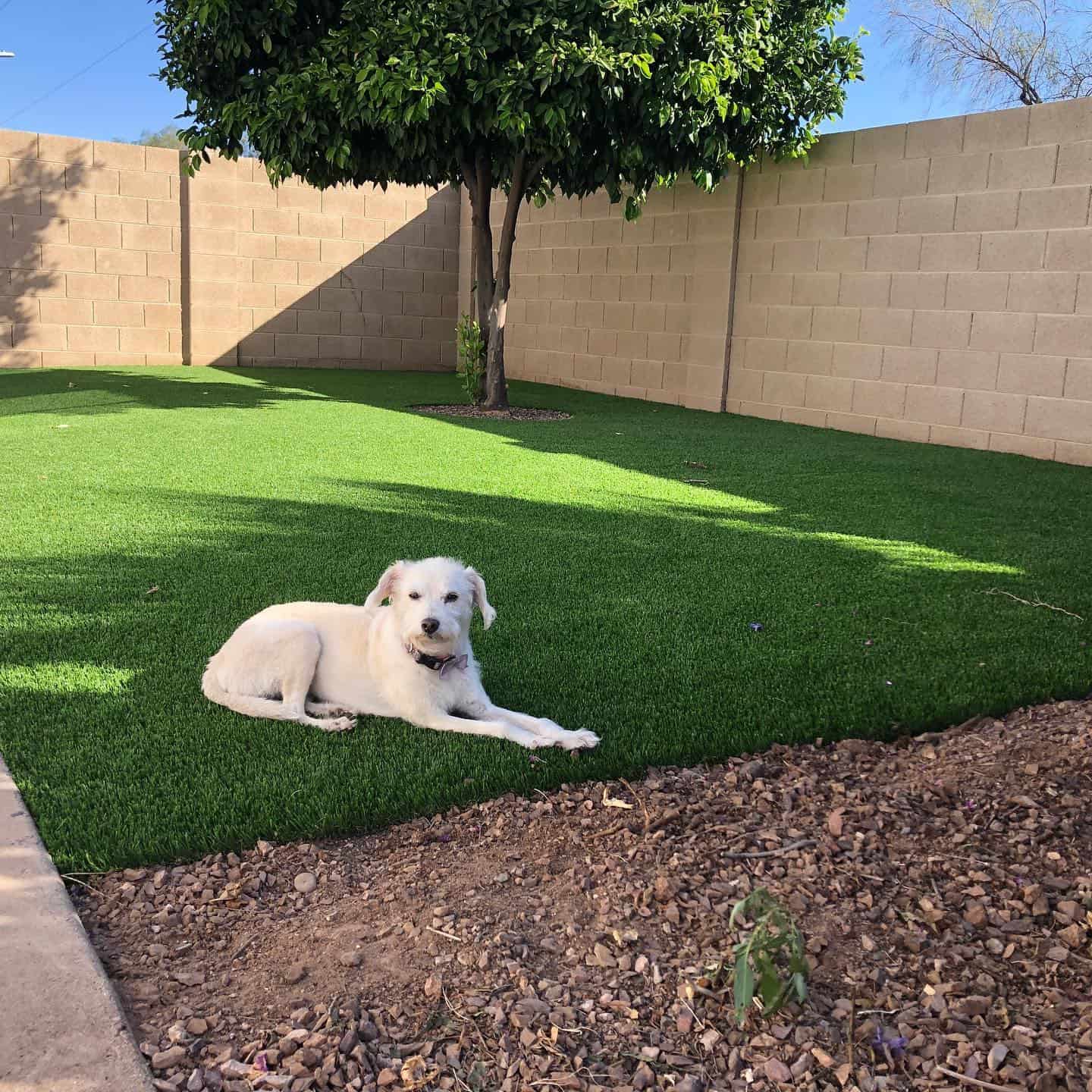
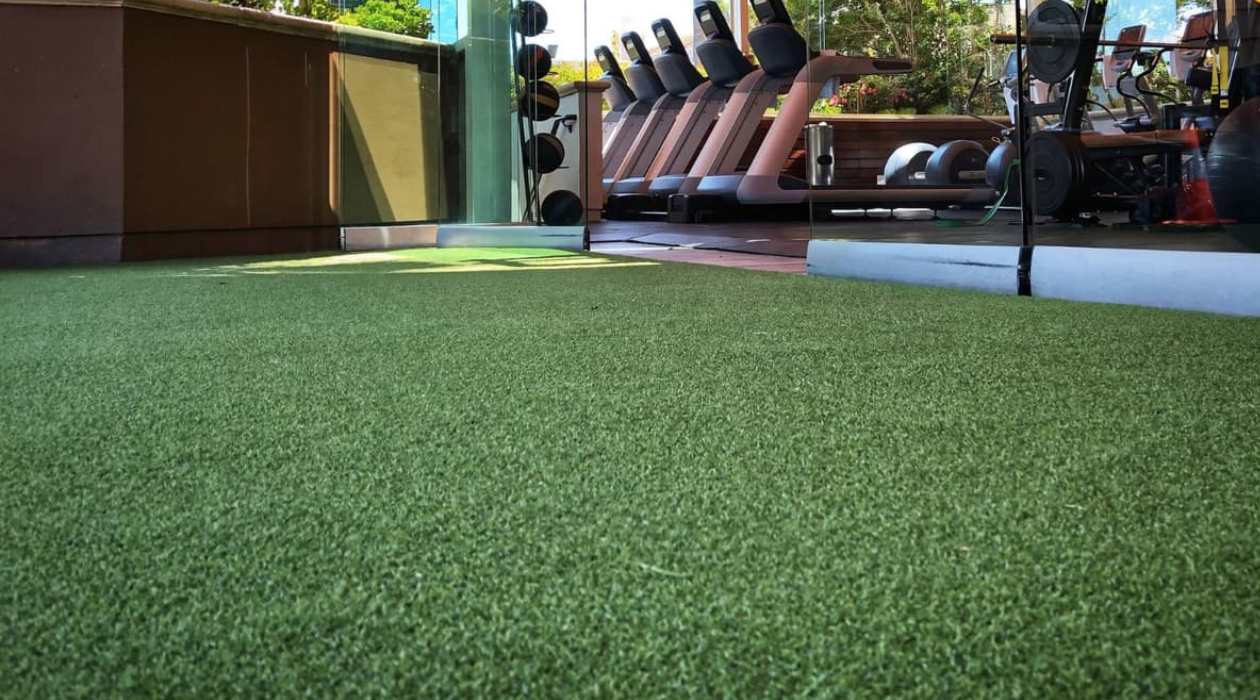
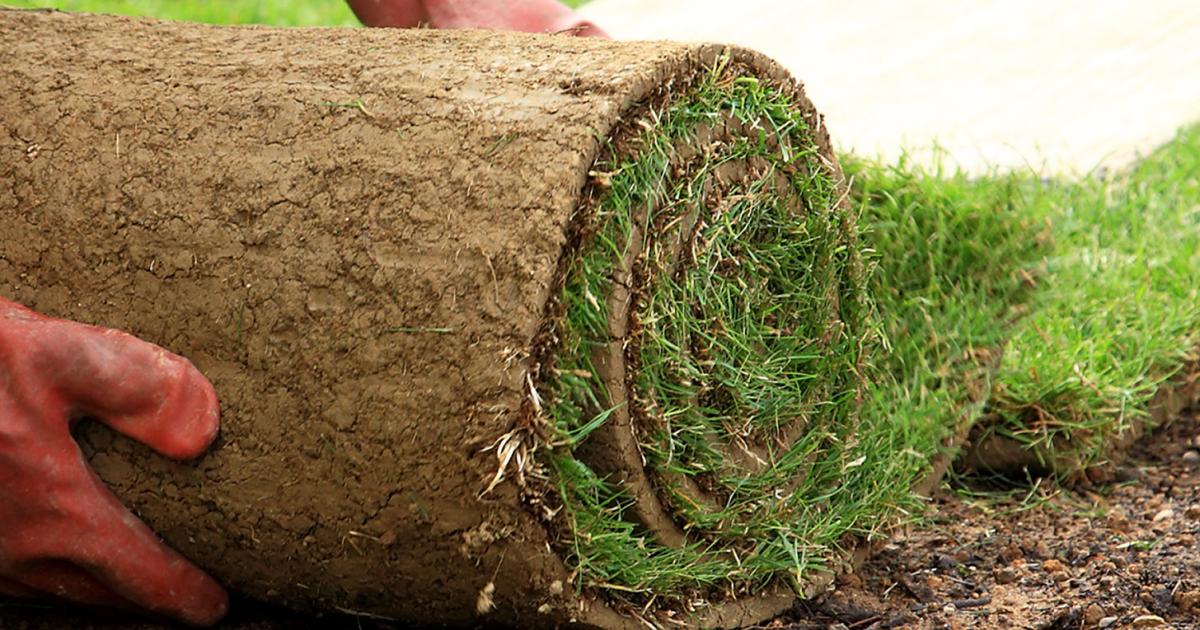
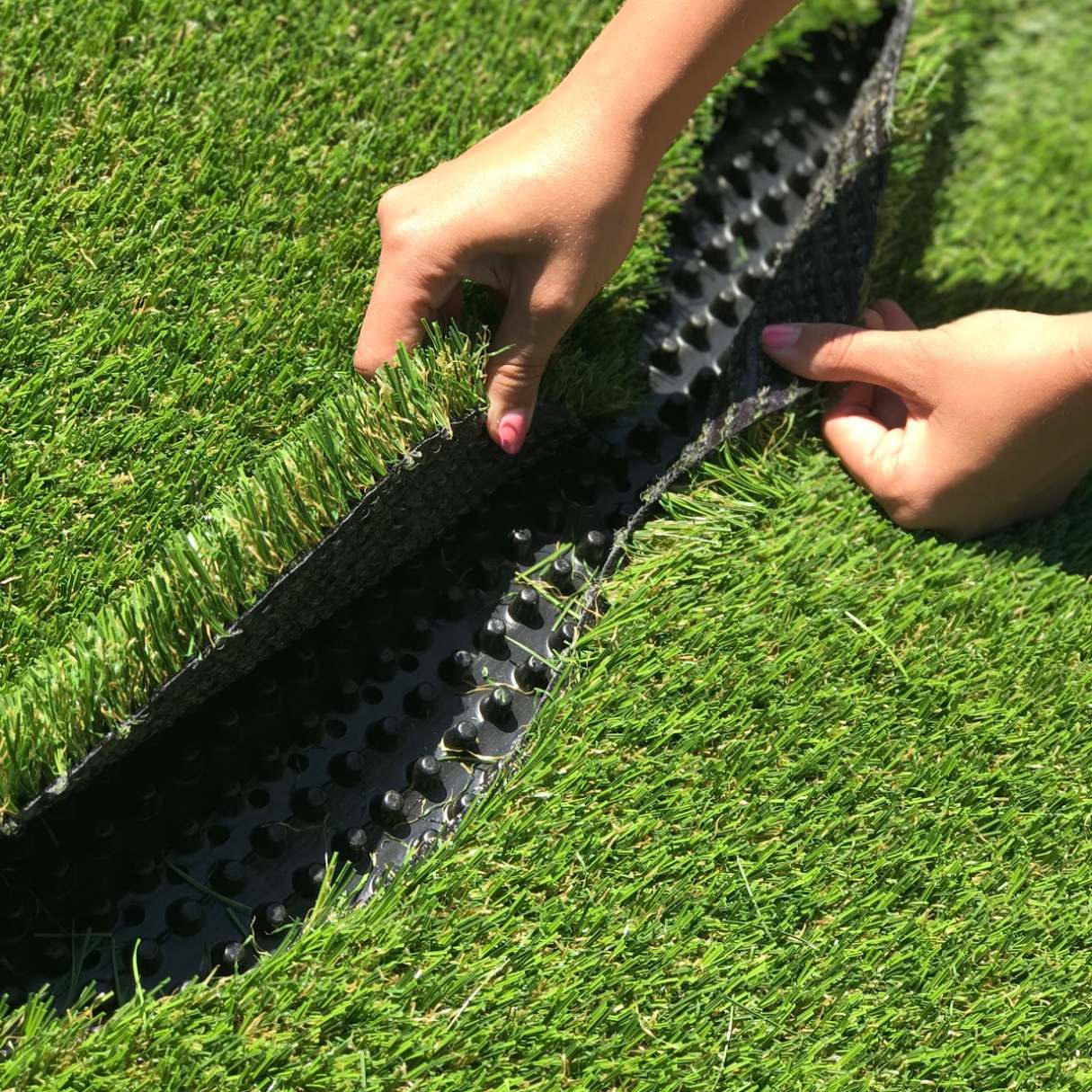
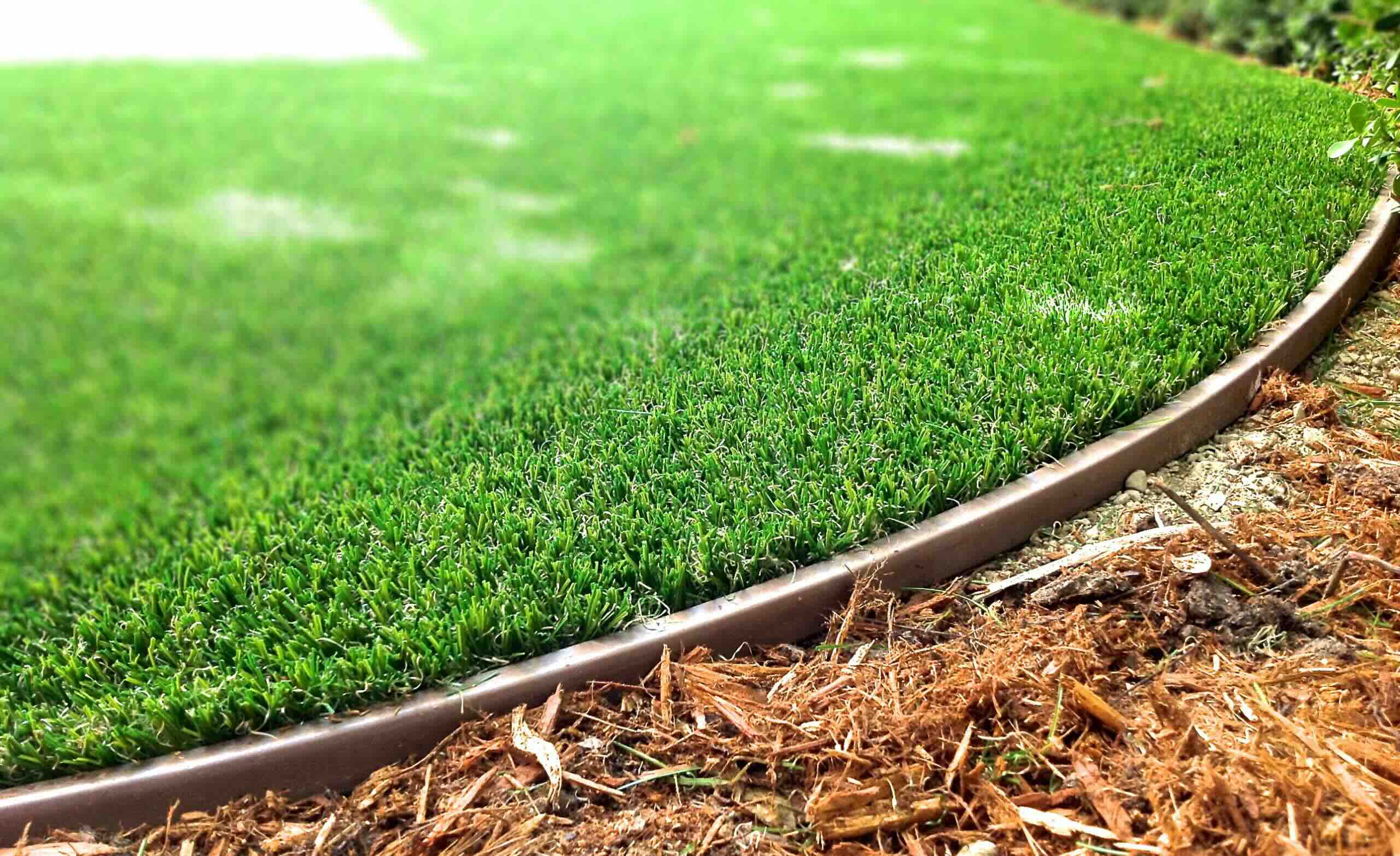
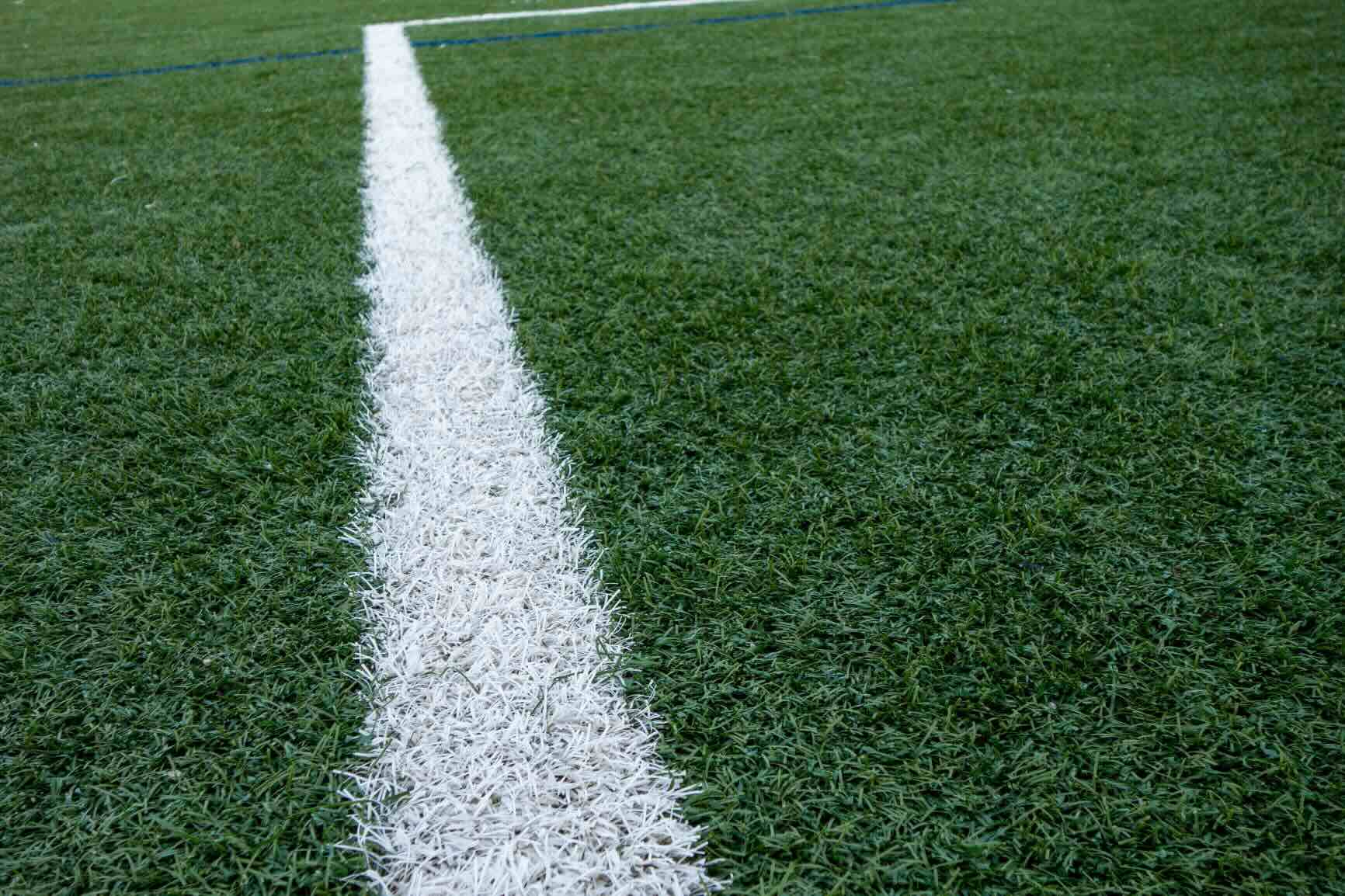
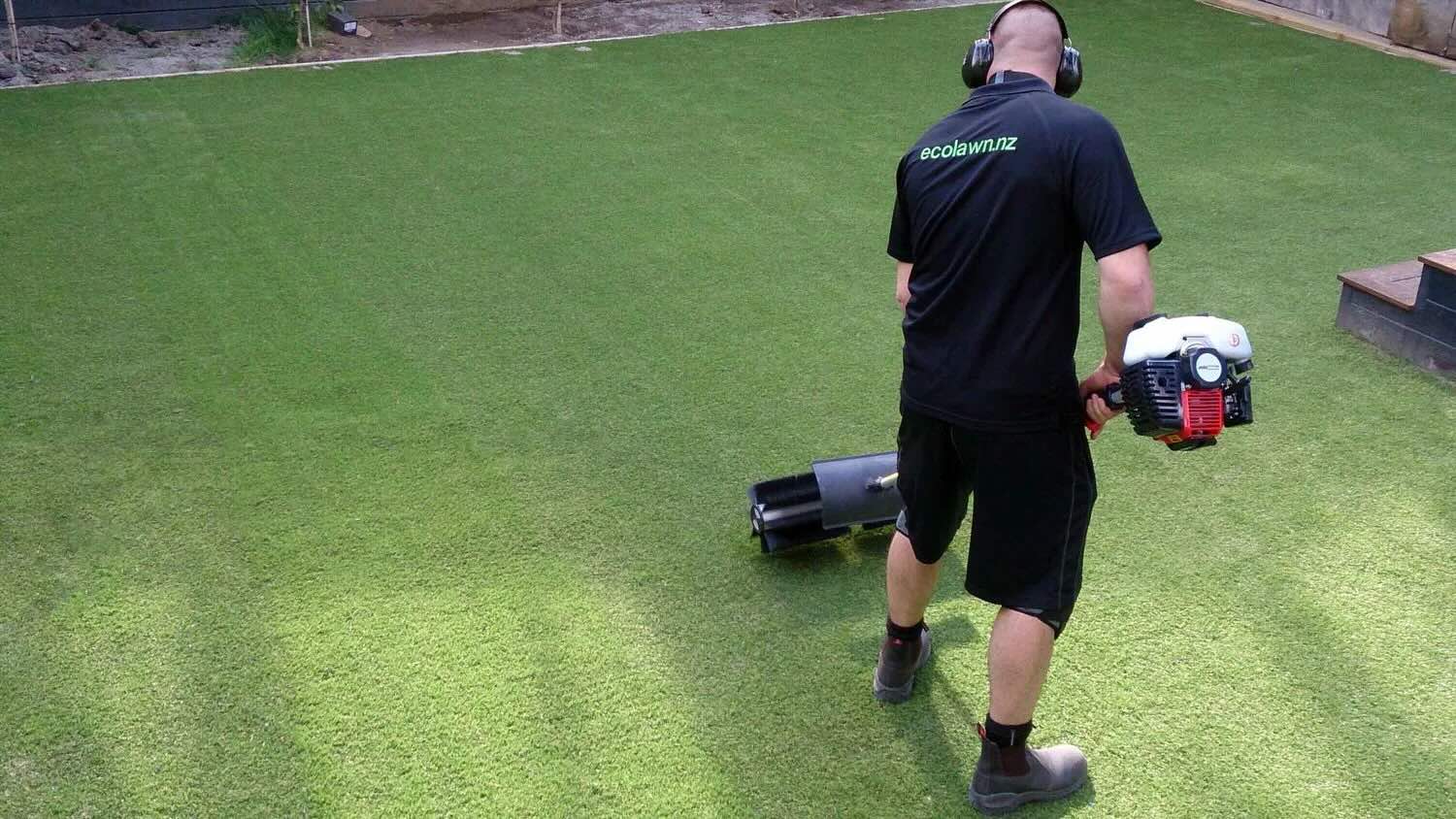
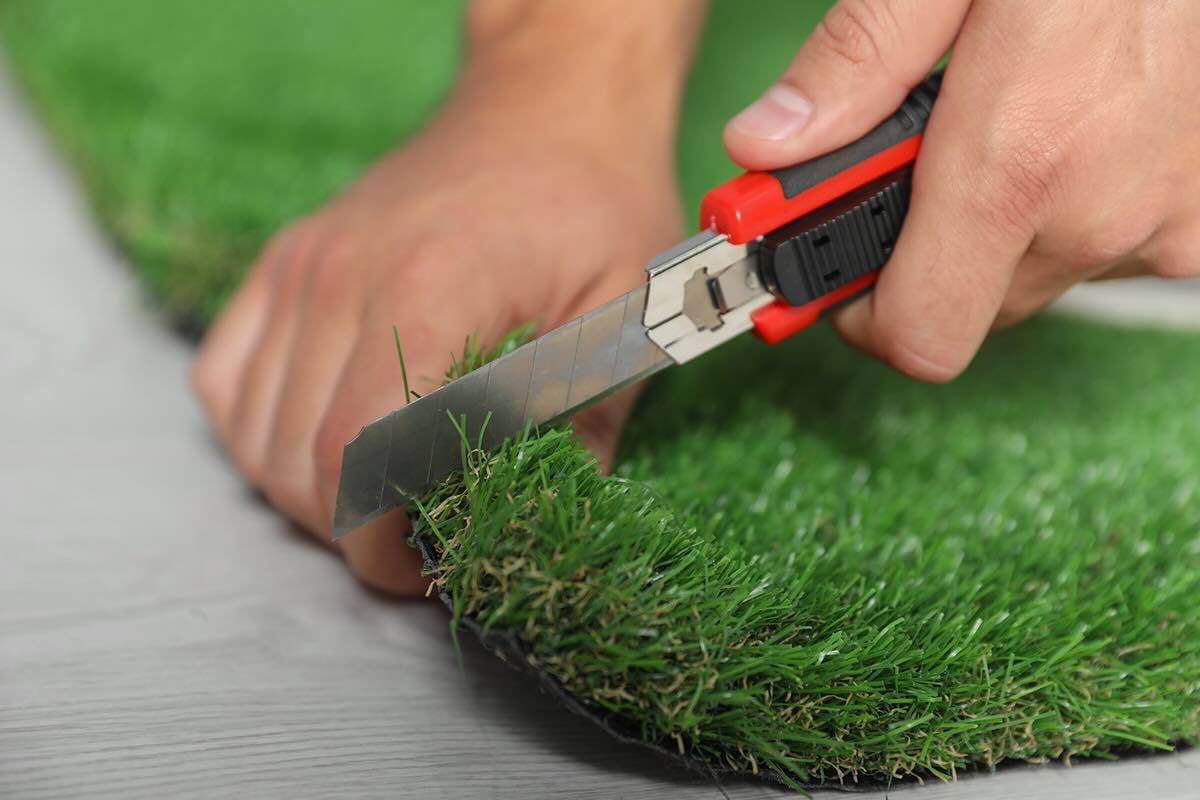
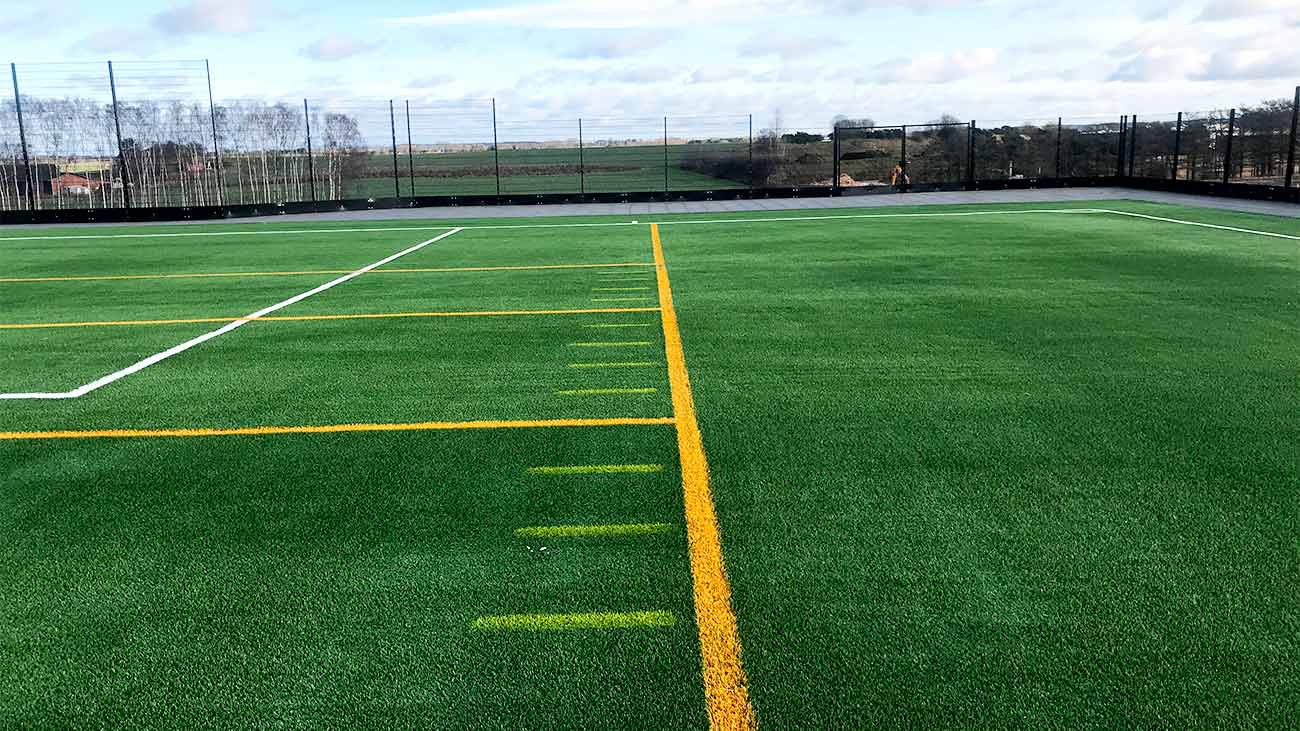
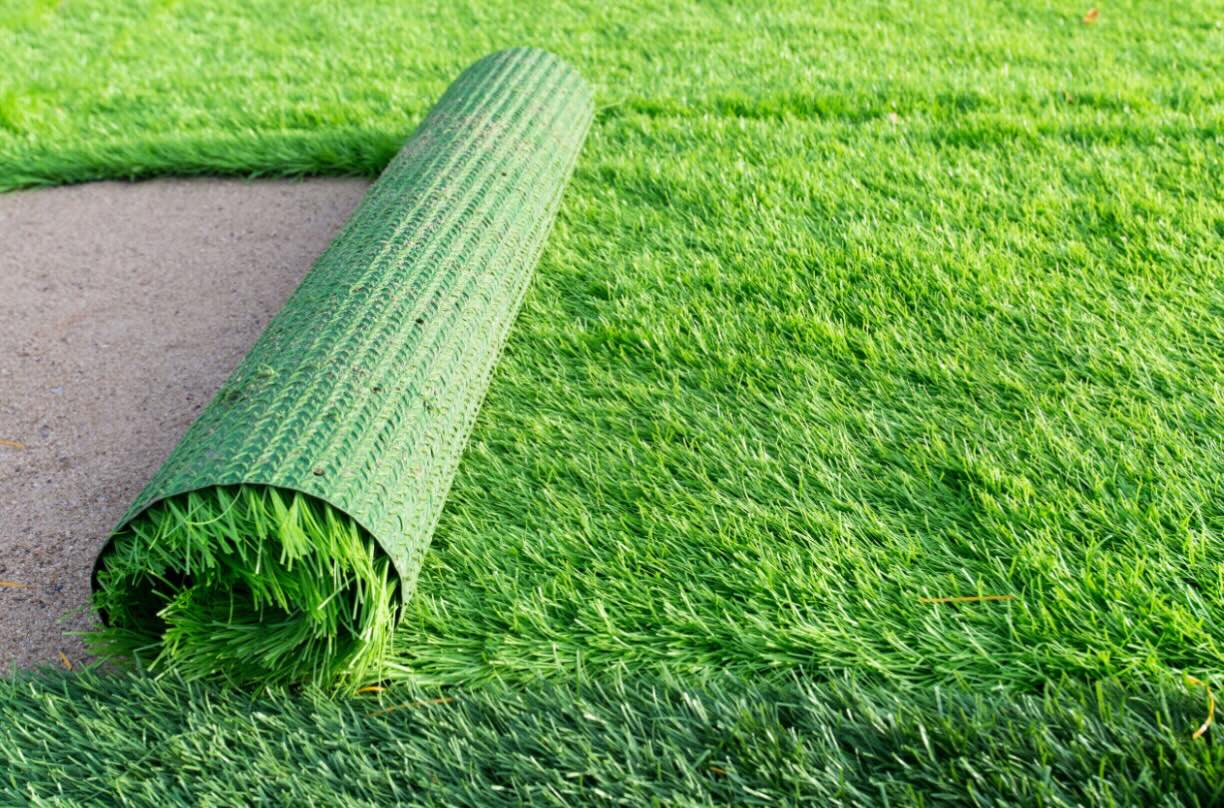
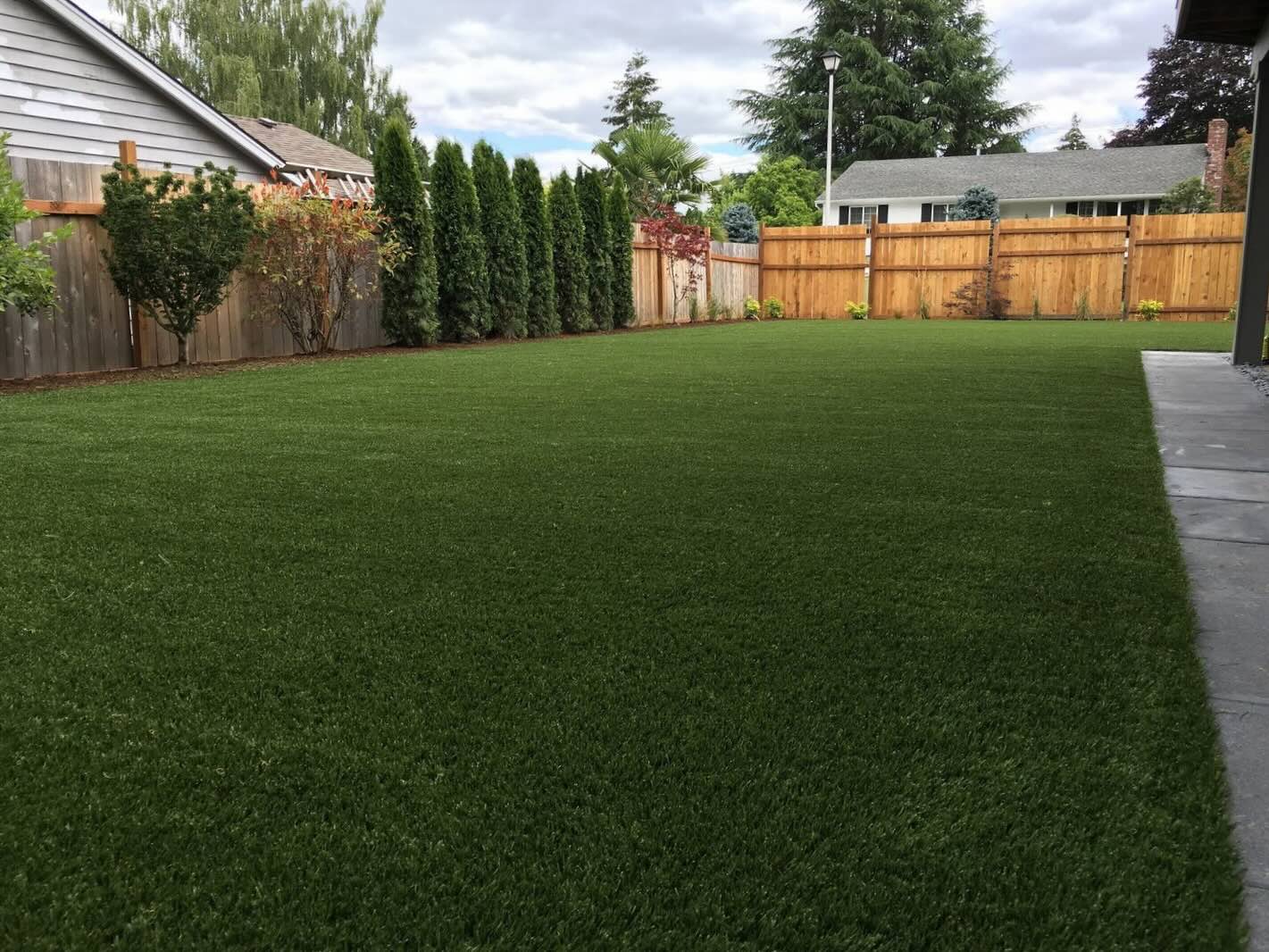
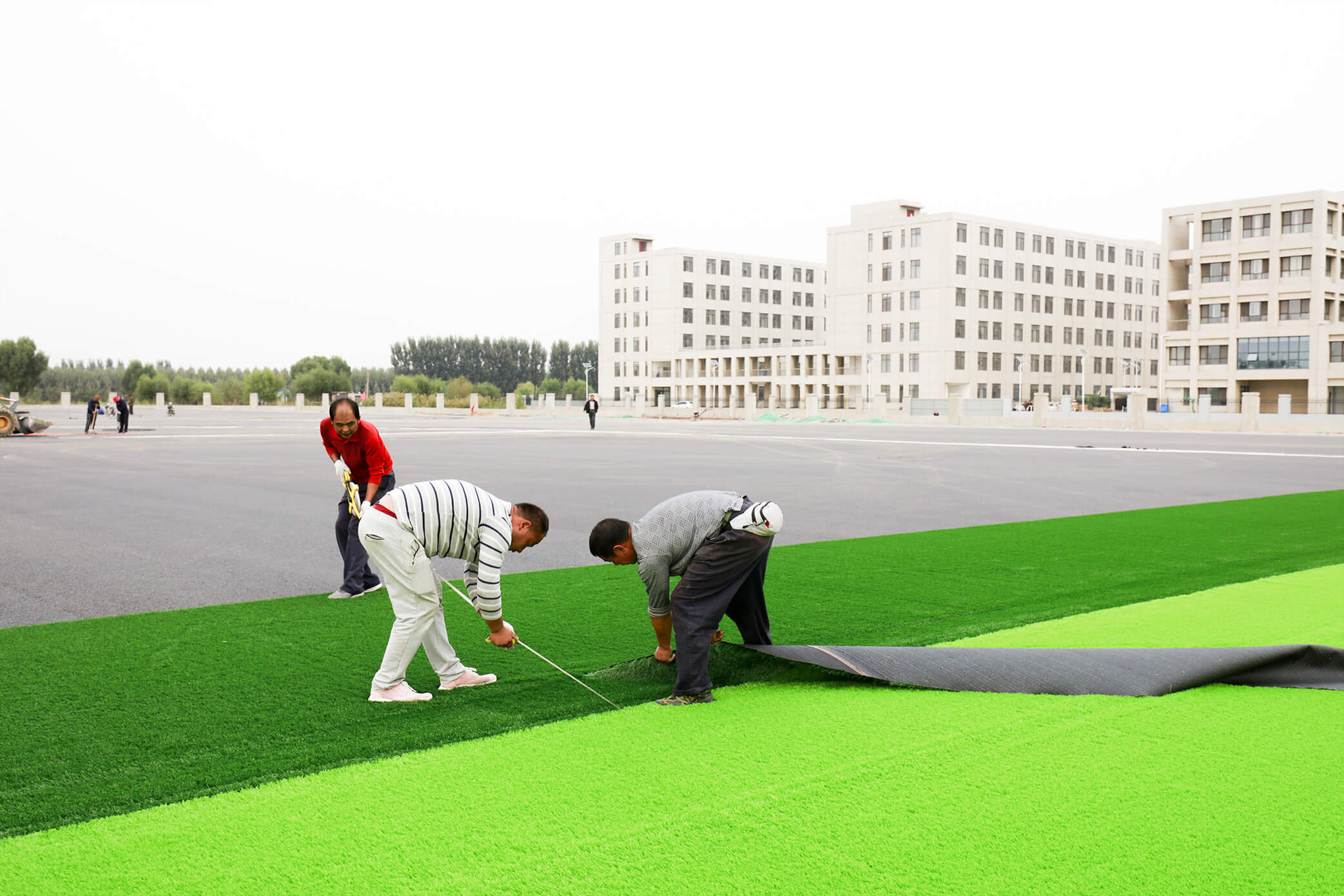
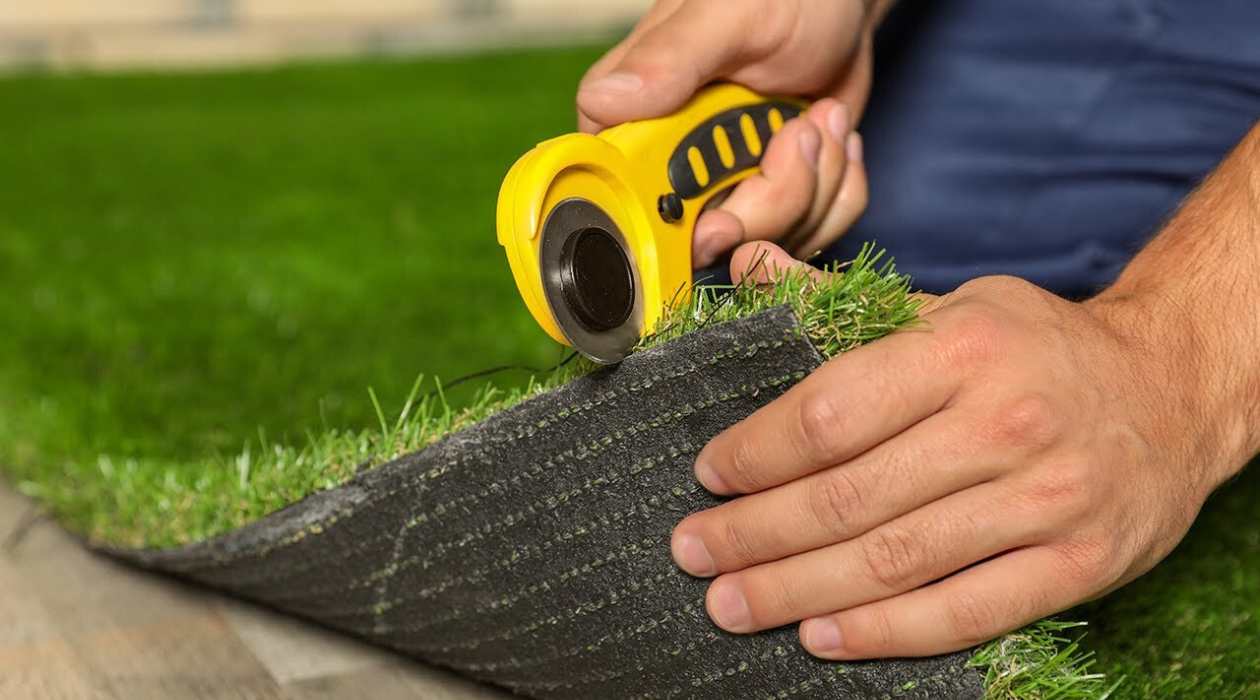

0 thoughts on “How Do You Lay Astro Turf”